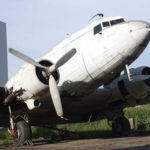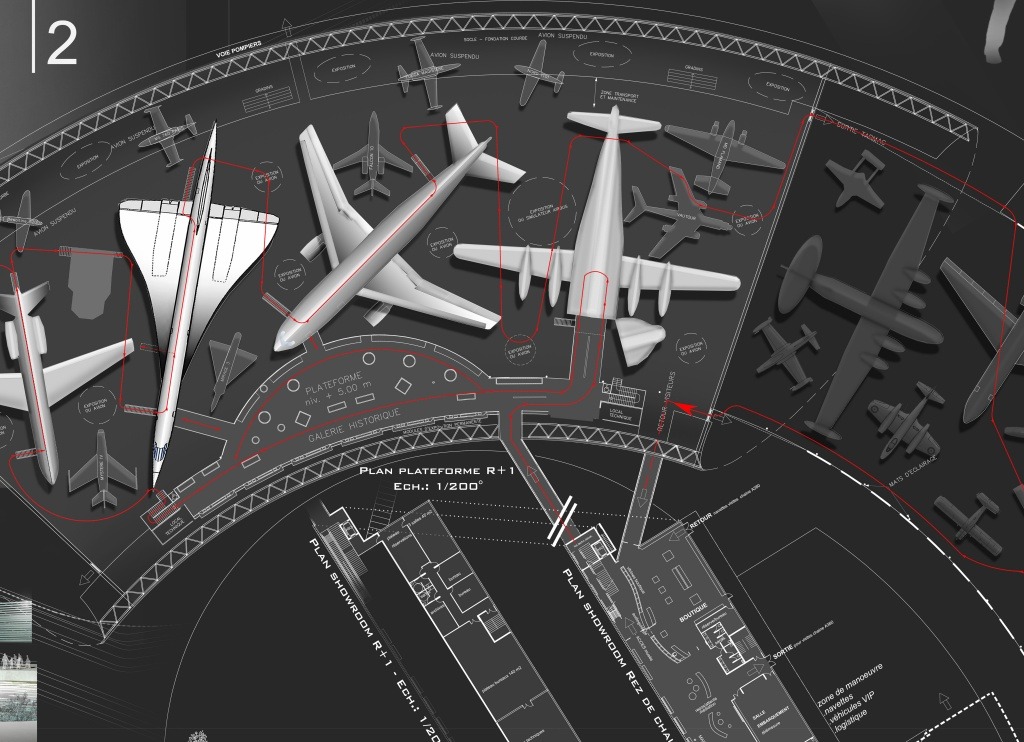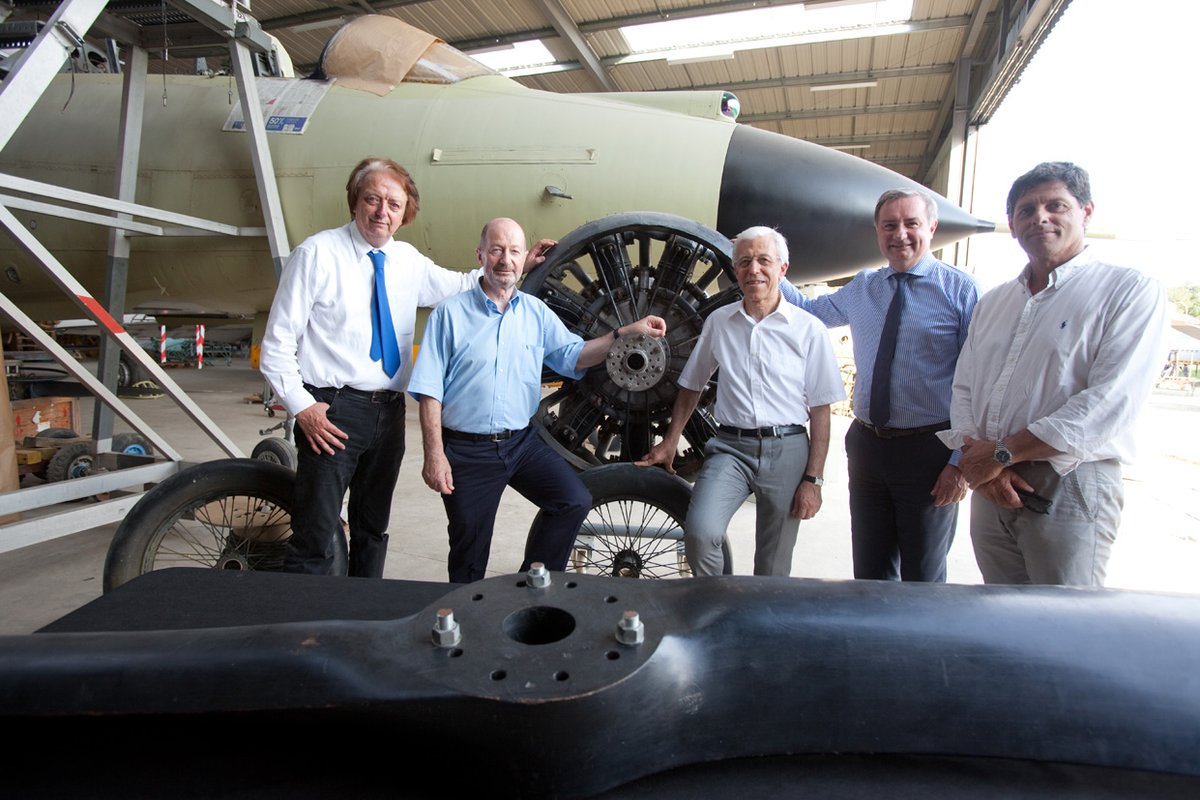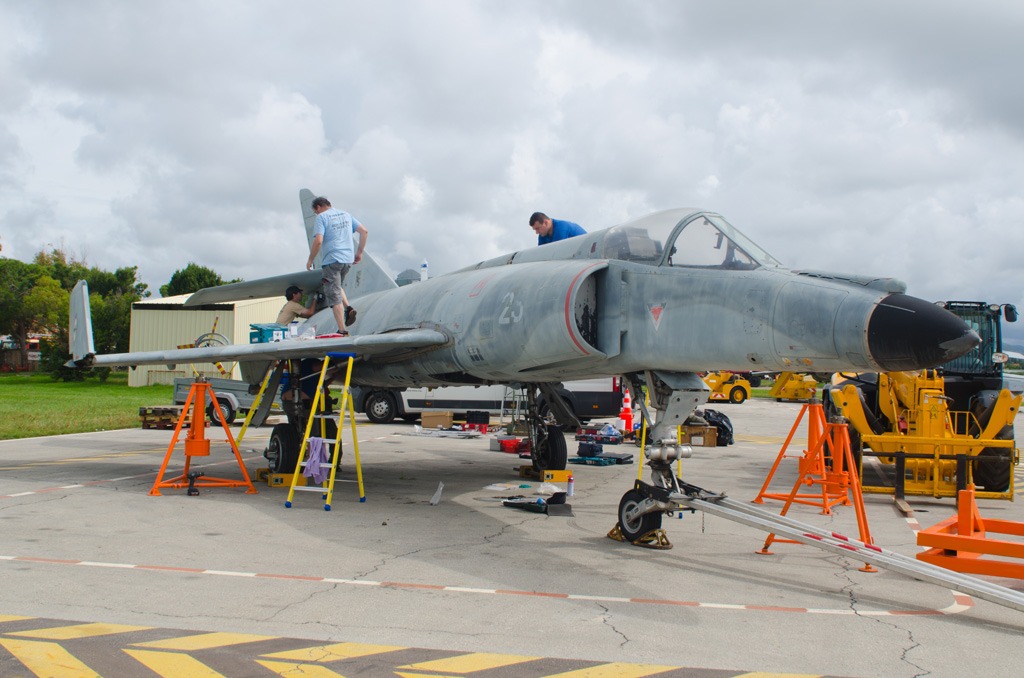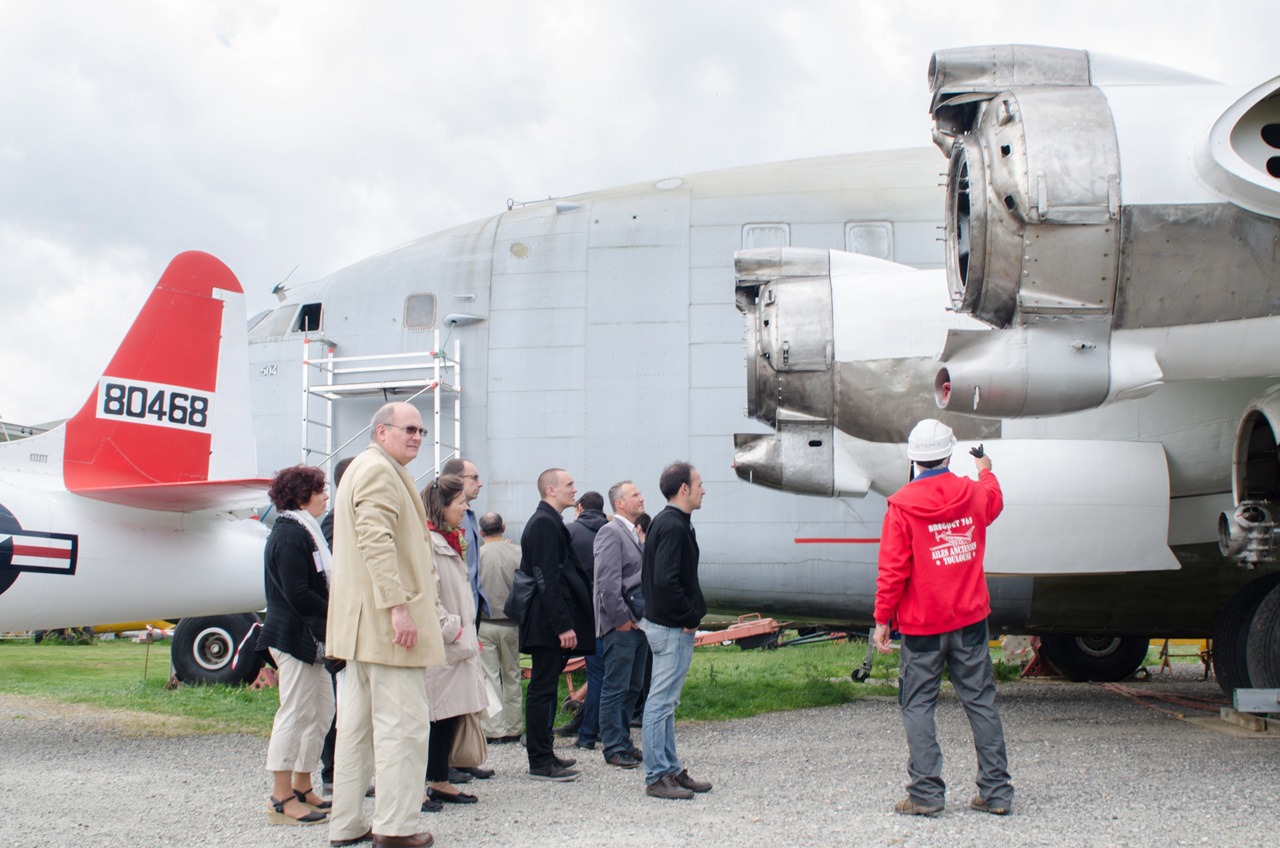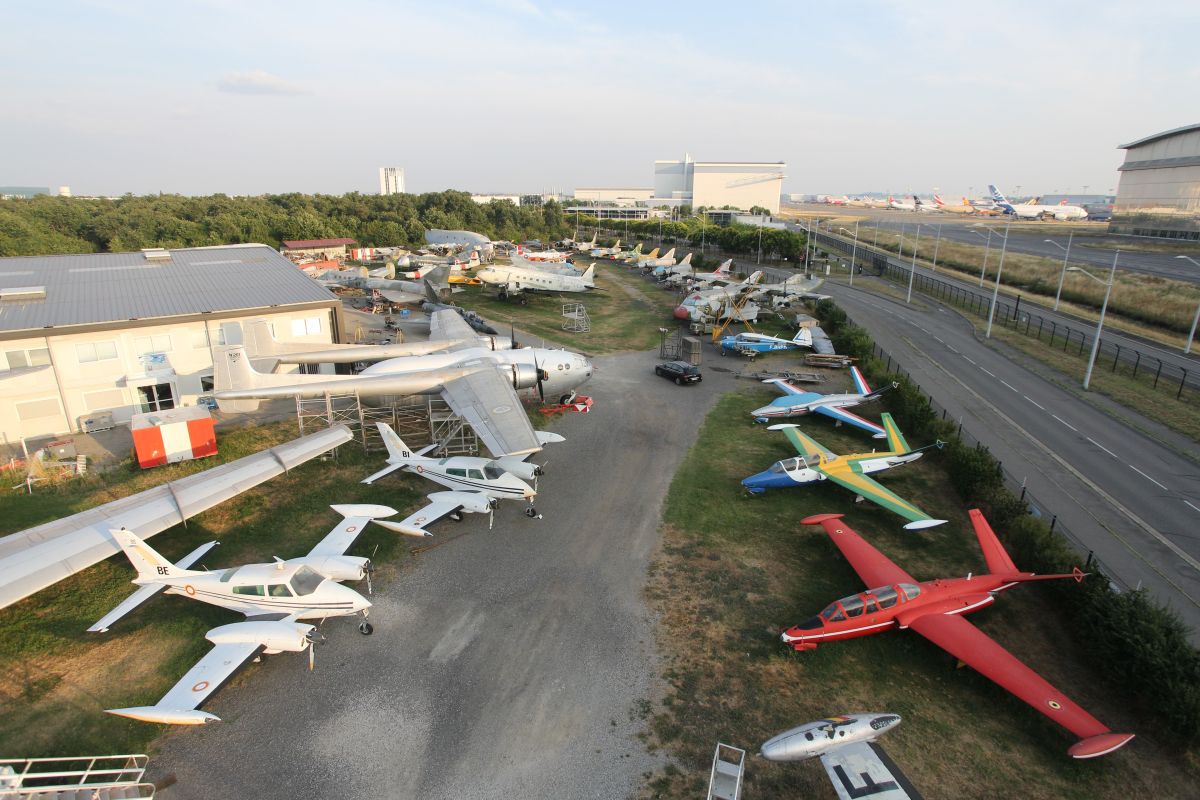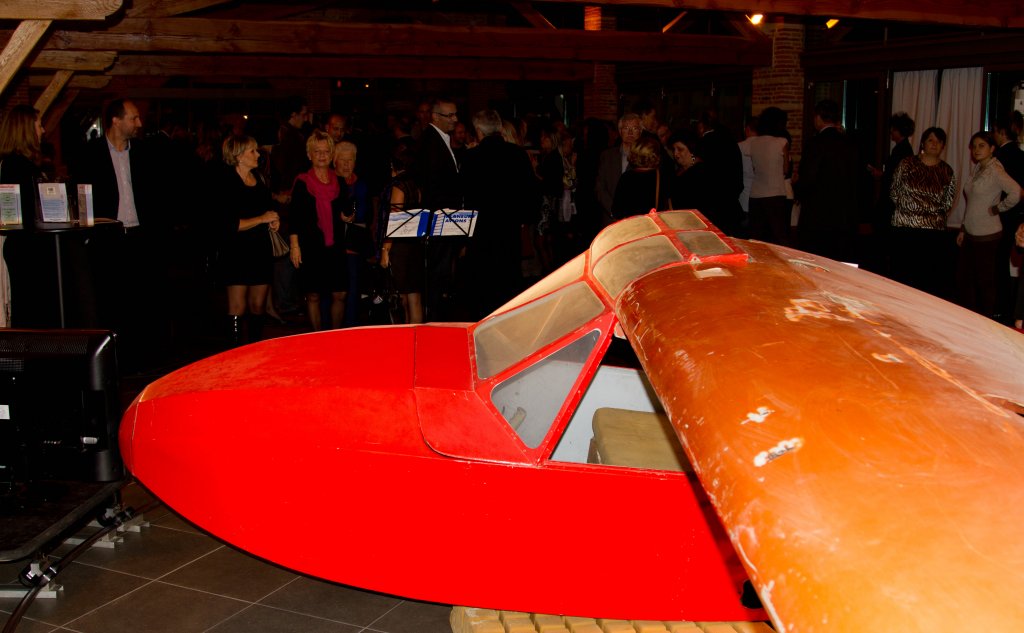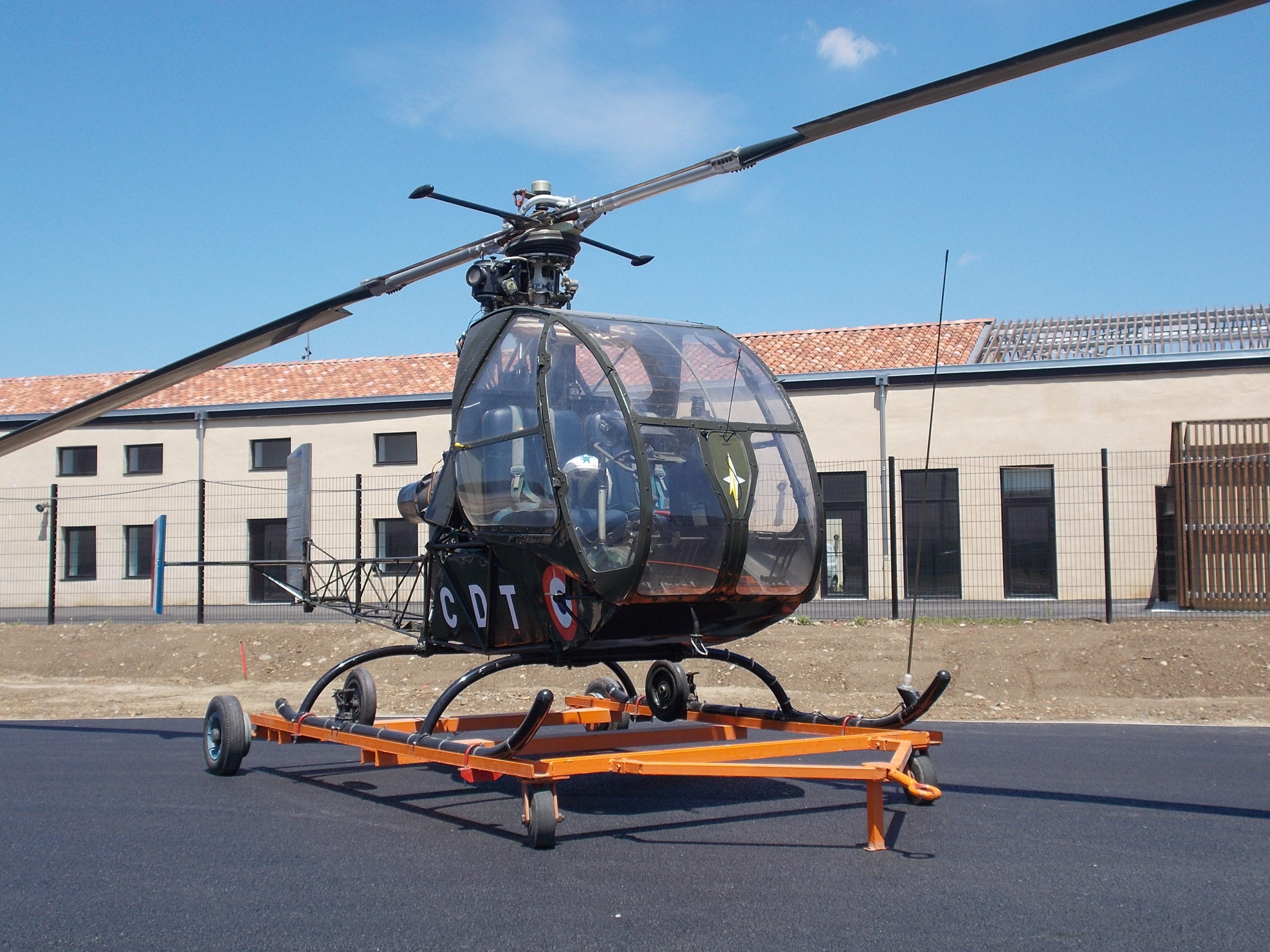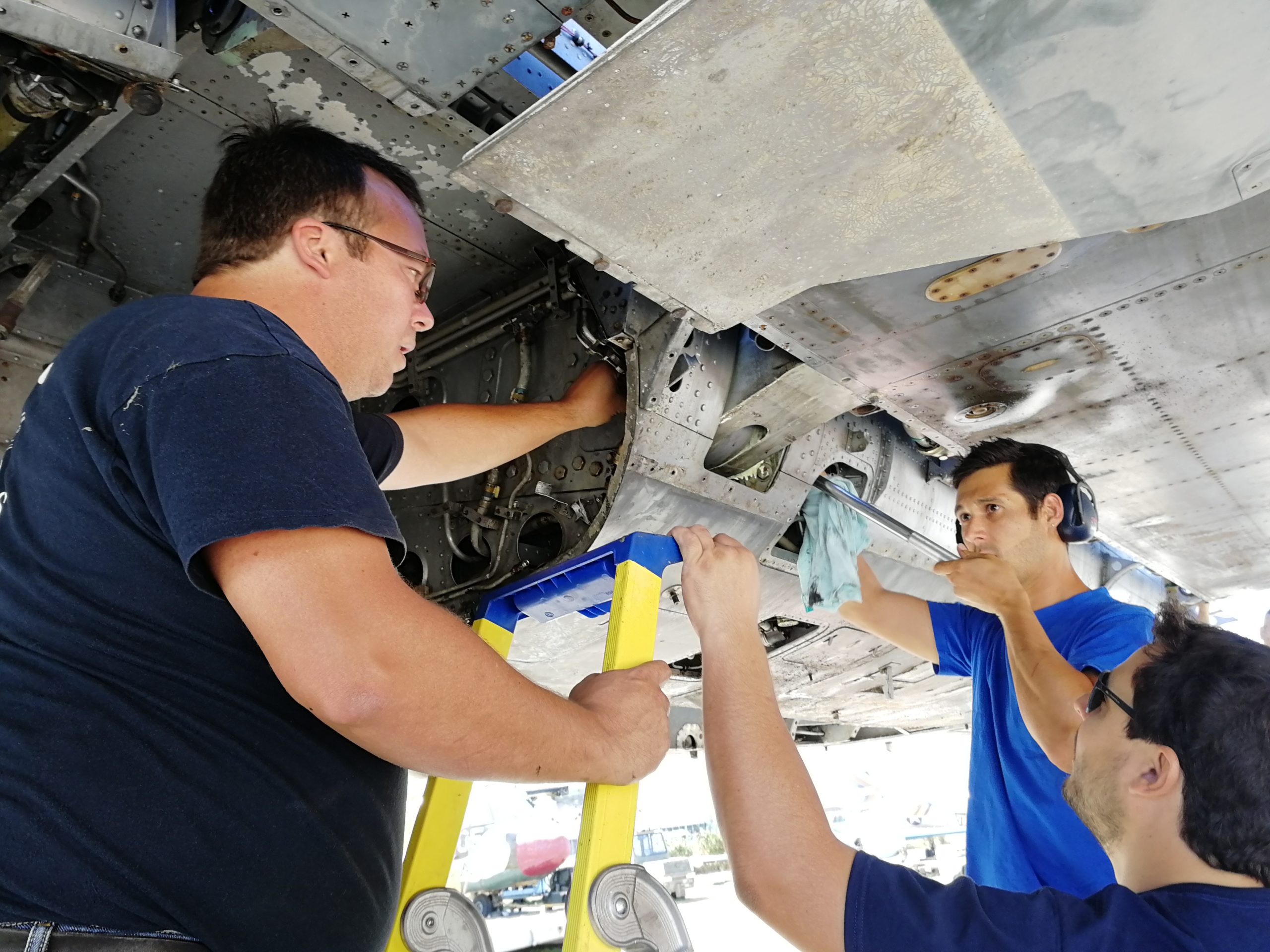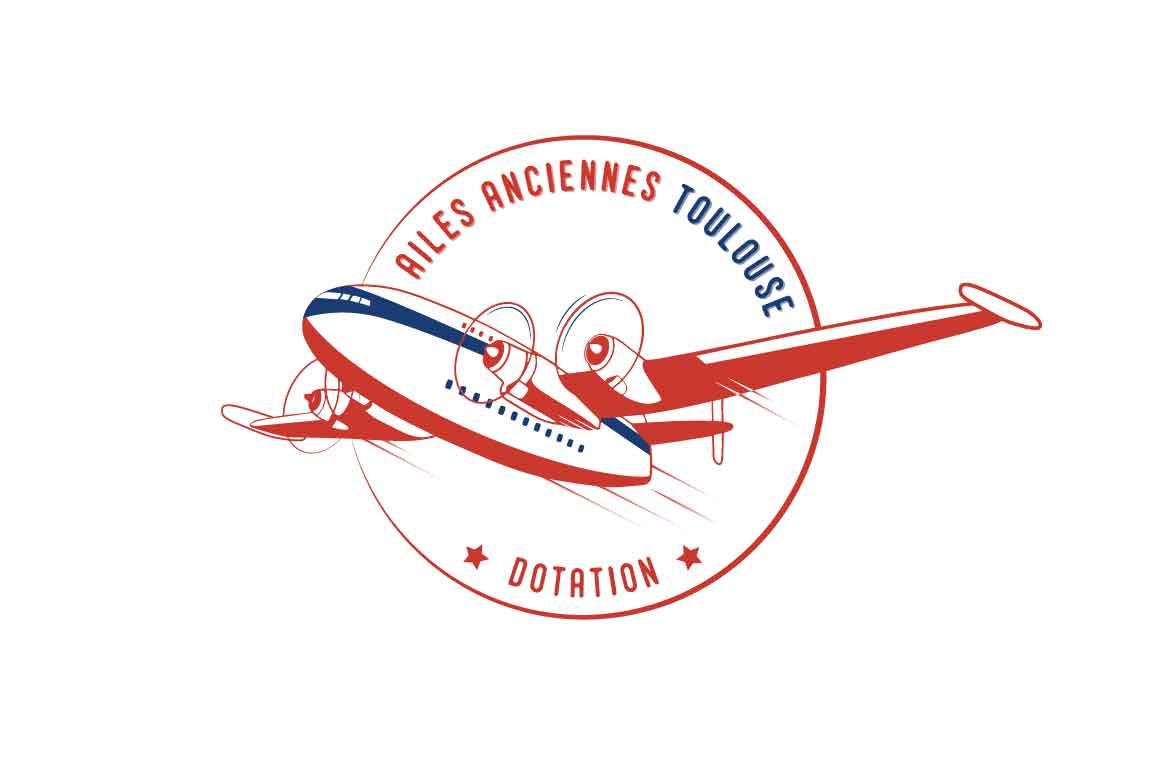Histoire
En 1935 la concurrence Boeing-Douglas faisait déjà rage… Le DC-3 fut conçu pour battre le Boeing 247 et surclasser son petit frère le DC2. Il fit son premier vol le 17 décembre 1935 et allait révolutionner le transport aérien en le rendant plus sur, plus rapide et plus confortable.
Il fut utilisé par la majorité des grandes compagnies aériennes avant-guerre et la licence de fabrication fut vendue au Japon et à l’URSS. Dès le déclenchement des hostilités, la plupart de ces appareils furent intégrés dans les groupes de transport aux côtés de la version militaire appelée C-47. Au total 10 655 furent construits aux USA.
Le C-47 servit à tout, sur tous les fronts, et fut reconnu par le général Eisenhower comme étant l’un des 4 éléments ayant contribué à gagner la guerre. Après la fin des hostilités, les C-47 furent proposés sur le marché civil ou transférés aux armées de l’air. Jusque dans les années 60, on pouvait dire que toutes les armées de l’air et toutes les compagnies aériennes avaient eu un ou plusieurs C-47 dans leur flotte.
Air France a utilisé des DC-3 jusqu’en 1968 pour le transport du courrier. L’Armée de l’Air reçut environ 135 C-47 et les utilisa de la libération jusqu’en 1971. Ils servirent sous tous les cieux du monde et connurent leurs heures de gloire en Indochine puis en Afrique du Nord. L’Aéronavale a utilisé 23 C-47 entre 1964 et 1982.
De nombreux DC-3 volent encore de par le monde (en Asie, Afrique et Amérique du sud), où leur rusticité et leur facilité d’entretien restent fort appréciées. Différents prototypes de versions modernisées et dotées de turbines ont vu le jour, sans grand succès.
Caractéristiques
| Envergure | 29,1 m |
| Longueur | 19,4 m |
| Hauteur | 5,18 m |
| Masse a vide | 8 t |
| Masse maxi | 12,7 t |
| Charge | 3 t ou 28 passagers |
| Vitesse | 365 km/h |
| Autonomie | 2.575 km |
| Equipage | 3 |
| Motorisation | 2 Pratt & Whitney R1820-92 de 1200 ch |
| No Série | 42-93654 |
Notre appareil
Notre appareil a été mis en service au sein de la Royal Air Force. Il a été déployé au Pakistan. Après le guerre, il fut vendu à une société qui faisait de la cartographie dans les Caraïbes. Après une transformation en France il est resté abandonné dans un coin de l’aéroport de Toulouse-Blagnac. C’est là que nous l’avons récupéré.
Quelques Photos
Visite de l’appareil
L’avion est visitable durant nos événements : les Visites Cockpit et le Week End aux Ailes.
En attendant de pouvoir le visiter « en vrai », vous pouvez effectuer une visite virtuelle grâce à Visit Digital.



